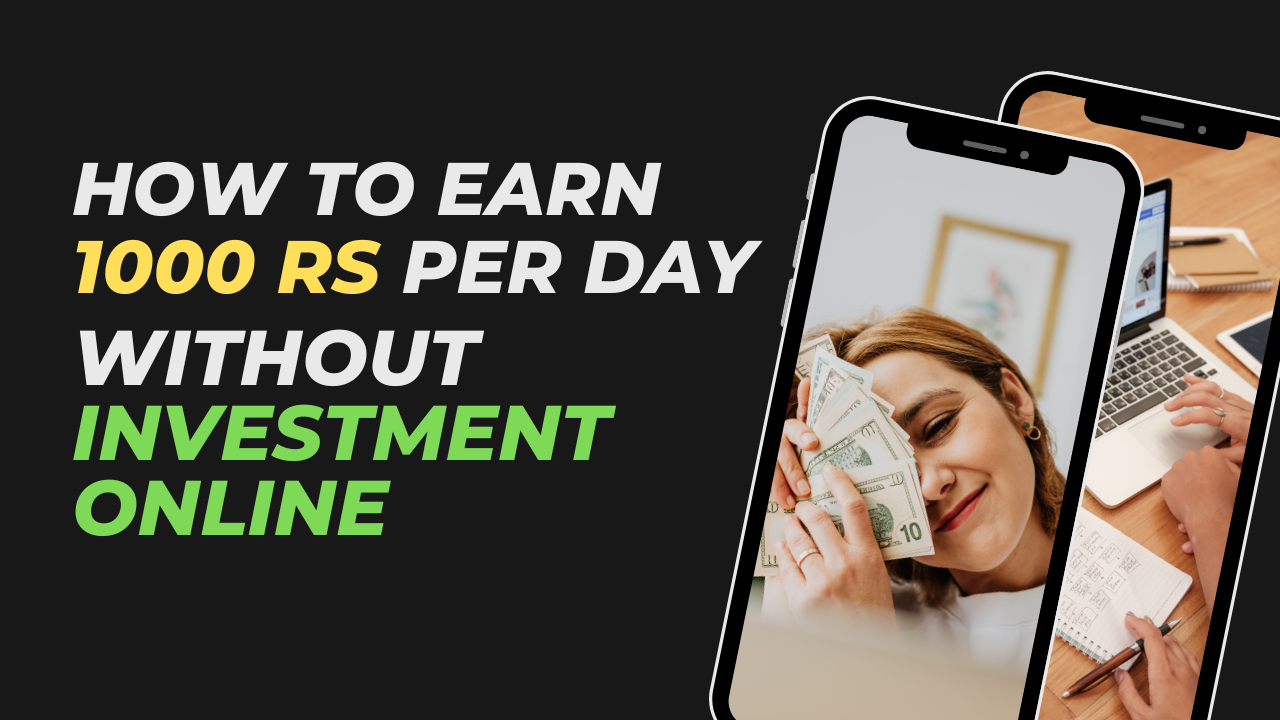Introduction
Today, we’re diving into personal finance and investment strategies, focusing on how to secure financial independence in Australia. Whether you’re saving for retirement or just starting out, this guide will help you navigate the best options available.
So you have $500,000 saved. You’re so excited and you should be, congratulations to you. That was awesome. Way to go. The question is, what do you do with it to create passive income, right? Like how do you invest that money? Now I’m gonna give you some strategies here.

Investment Strategies
Investing is crucial for wealth accumulation. Whether you’re into shares, real estate, or managed funds, diversifying your investments helps mitigate risks and maximize returns. Some key strategies include dollar-cost averaging, investing in index funds, and focusing on long-term growth.
Property Investment in Australia
Real estate remains a popular investment choice. The Australian property market has seen significant growth, making it an attractive option for investors. Key considerations include location, rental yield, and long-term capital appreciation.
The Importance of Budgeting
A solid budget helps you track income and expenses, ensuring that you save and invest wisely. Using budgeting apps and setting financial goals can help you stay on track and avoid unnecessary debt.

Retirement Planning
Planning for retirement involves calculating how much you’ll need to maintain your desired lifestyle. Superannuation, investments, and other passive income sources play a crucial role in ensuring financial security during retirement.
Understanding Investment Returns
Now, to give you some background, when you invest, there are two sources of how you can earn a return.
- Capital Gains – This comes from share prices or other assets increasing in price over time.
- Income – This can be dividends from shares, distributions, or other sorts of income from different assets.
When these come together, they form your total return.
Australia’s Focus on Income Investing
Historically, in Australia, there has been a big focus on the income side of things.
People who like to buy things like bank shares and other assets with high income and have used that to try and give themselves a regular income stream from those dividends or distributions that they can live off and in Australia it’s been possible because interest rates in Australia have been relatively high compared to the rest of the world.
Shares in Australia have high payout ratios and high dividend yields
which means that they pay out a lot of their profits to shareholders.
Because of this, many Australian investors have been able to live off their dividend profits.

The Decline of Income-Based Investing
Unfortunately, for those who have historically lived off dividends in Australia, it is becoming much harder to do so.
Reasons for This Shift:
- Income yields across all assets (property, shares, bonds) have been falling.
- Cash interest rates in Australia have also declined, reducing income from savings.
This means that assets like shares and bonds now provide very little income return.
Historically, if you wanted to generate a 4% income return, you could:
- Put 50% of your portfolio in low-risk assets like bonds.
- Put 50% in high-risk assets like shares.
This combination would give you a 4% return in Australia.
But these days in order to get a four percent income when you’re investing you need to put all of your money in shares, which significantly increases risk.
The Risks of High-Yield Investing
So someone that’s focused on making sure that they’re earning a certain amount of income is going to be taking more and more risk in order to achieve that return
because you need to be yanking money out of safe assets like bonds and cash
and plunking more of it into shares now this isn’t a strategy that we’d recommend.
Focusing on high-yield assets comes with serious risks.
- Increased Market Exposure – The more you invest in high-yield assets, the more risk you take.
- Unexpected Losses – Investors who expected a safe 4% return were shocked when the value of their assets dropped more than their annual income from those assets.
This is why investing purely for income is dangerous—while it may work in some years, there will be periods of significant losses.
A Safer Investment Strategy: Total Return Approach
A much safer strategy is focusing on your total return, which includes both capital gains and income.
How It Works:
- Diversify Your Portfolio – Hold a range of different assets, including:
- High-income assets – Like Australian dividend-paying shares.
- Global shares – Lower income but higher capital growth.
- Defensive assets – Government bonds and gold, which provide stability during market crashes.
These defensive assets produce little or no income, but they help cushion your portfolio when markets fall.
How to Achieve a 4% Passive Income Safely
If you adopt a total return approach, your income strategy will change.
- Use a combination of income and capital growth
- You might receive 2–2.5% from dividends.
- The rest needs to come from selling a small portion of your capital each year.
- Selling Capital Is Not a Bad Thing
- Some people worry about “dipping into capital,” but in reality, income and capital gains are interchangeable.
- If you’re withdrawing from one, you’re simply adjusting from the other.
- Capital Growth Can Be a Better Strategy
- Over the last few years, the best-performing assets have been U.S. tech shares, which don’t pay dividends but offer strong capital growth.
- Selling a small portion of these high-growth assets would have been a better strategy than relying only on dividends.

Summary & Key Takeaways
- Avoid focusing only on high-yield investments – This approach is risky and outdated.
- Use a total return strategy – Balance income, capital growth, and defensive assets.
- Withdraw from both income and capital growth – A mixed approach is safer and more sustainable.
As always, it’s a good idea to seek financial advice before making any major financial decisions.
Should You Invest More Into Your Super In 2025?
Understanding Superannuation
Superannuation is one of the most powerful investment tools available to Australians. It’s a tax-effective way to save for retirement, and contributions made by employers ensure steady growth over time. There are also ways to make additional contributions to maximize your benefits.
There are two main types of extra contributions:
Concessional and non-concessional contributions. Concessional contributions are made before tax, and they include employer contributions, salary sacrifice contributions, and personal contributions that you claim as a tax deduction. The concessional contributions cap is currently set at $27,500 per year. Any contributions above this cap may be subject to extra tax.
Non-concessional contributions, on the other hand, are made from after-tax income. These contributions are not taxed when they enter your super fund, as you’ve already paid tax on that income. The current cap for non-concessional contributions is $110,000 per year, with a bring-forward rule allowing you to contribute up to $330,000 over three years in certain circumstances.
Why make extra contributions?
There are several benefits. First, tax advantages. Concessional contributions are taxed at a lower rate of 15%, which is often lower than your marginal tax rate. This can reduce your overall tax burden while boosting your retirement savings.
As always, it’s a good idea to seek financial advice before making any major financial decisions.
FAQS
Should You Invest More Into Your Super In 2025?
However, there are some important considerations. Access to funds: Once your money is in super, it is generally locked away until you reach preservation age, which is currently between 55 and 60, depending on your birth year. If you need access to your money before then, super may not be the best place to put your extra funds.
Is making extra contributions to super worth it?
If you are looking for tax advantages and long-term retirement savings, then yes. But it’s important to consider your personal financial situation, goals, and whether you may need access to your funds before retirement.
As always, it’s a good idea to seek financial advice before making any major financial decisions.
Is it better to invest in super?
Once your money is in super, it is generally locked away until you reach preservation age, which is currently between 55 and 60, depending on your birth year. The earlier you contribute to your super, the longer your money has to grow through compounding returns, significantly increasing your retirement savings over time.
Most Related

NADRA Jobs 2025 – Complete Guide to Career Opportunities, Departments & Eligibility

How to Earn 1000 rs Per Day Without Investment Online

How to Earn Money as a Nurse – 17 Proven Ways

